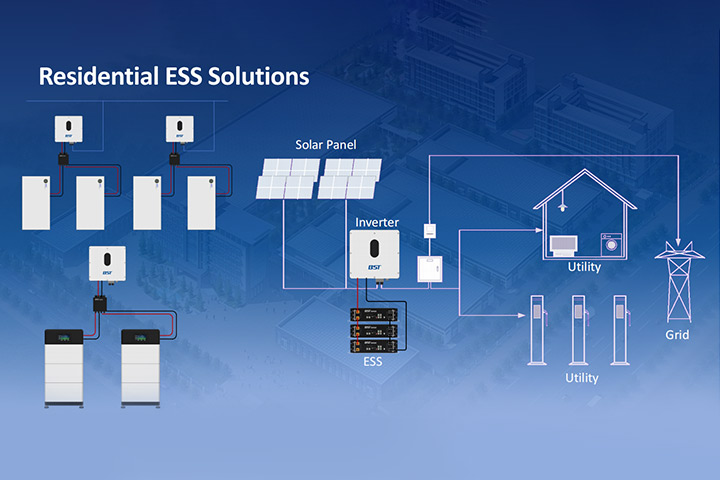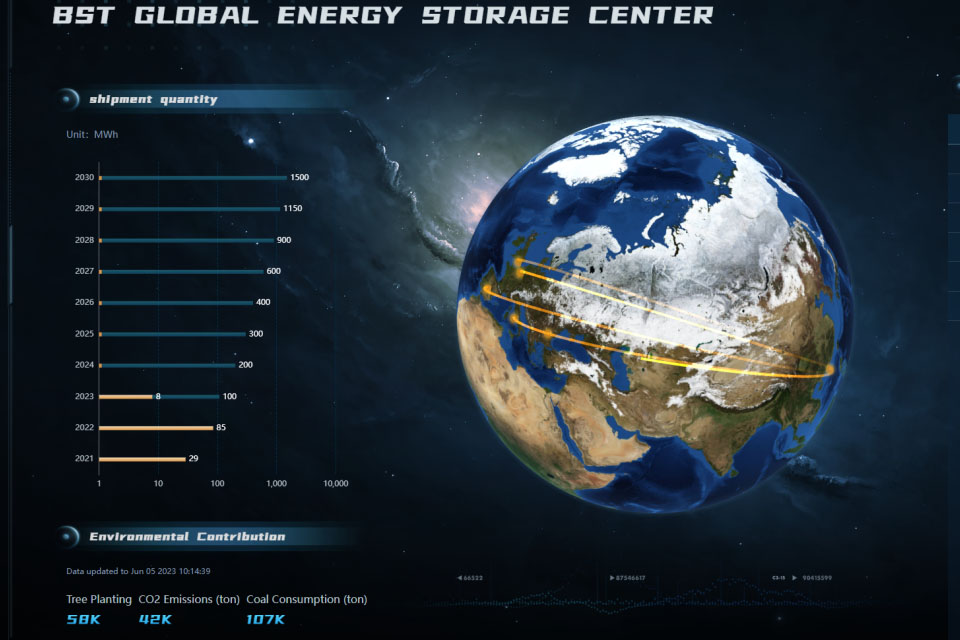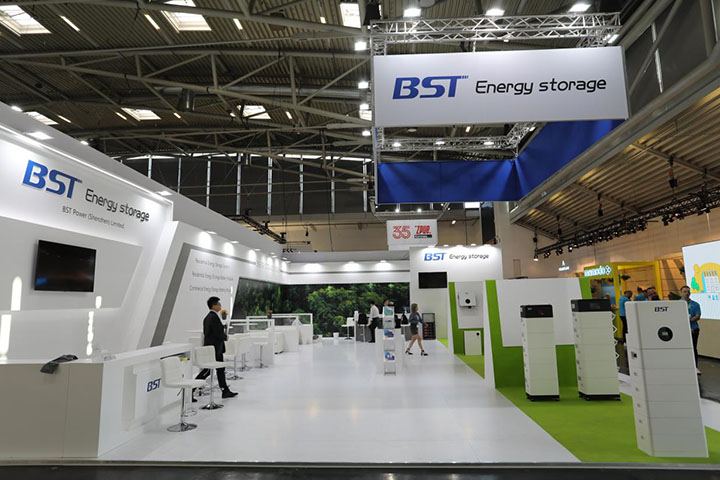Energy storage systems are revolutionizing the way we use energy. From residential solar energy storage to industrial grid stabilization, the widespread application of energy storage technologies is paving the way for a low-carbon lifestyle. So, what are the types of energy storage systems? What are their advantages and disadvantages? And what should consumers consider when choosing energy storage products? This article provides a detailed explanation.
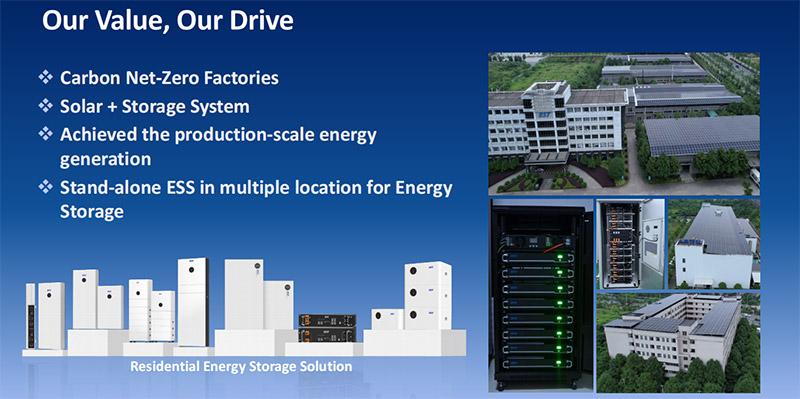
Energy storage systems can be classified into several main types based on their energy storage methods and technological characteristics
1. Electrochemical Energy Storage
Electrochemical energy storage is currently the fastest-growing and most widely used form of energy storage. It includes:
– Lithium-ion Batteries: High energy density, long lifespan, and high efficiency. These are widely used in residential energy storage, renewable energy integration, and electric vehicles.
– Lead-acid Batteries: Mature technology and lower cost, but with lower energy density and shorter lifespan. Often used for backup power and low-cost applications.
– Sodium-sulfur Batteries: High-temperature batteries suitable for large-scale energy storage but require specific temperature conditions.
– Flow Batteries: Store energy in electrolyte solutions, ideal for long-duration storage with low maintenance costs but high initial investment.
2. Mechanical Energy Storage
Mechanical energy storage involves storing energy through physical means, including:
Pumped Hydro Storage: Uses water elevation differences to store and release energy. It has the largest storage capacity globally but is limited by geography.
Compressed Air Energy Storage: Stores compressed air in underground caverns or tanks, requiring advanced thermal management.
Flywheel Energy Storage: Stores kinetic energy through high-speed rotation, ideal for short-term, high-power energy discharge.
3. Electromagnetic Energy Storage
This type stores energy using electrical or magnetic properties, including:
Supercapacitors: Store charge, offering high power density and rapid charge/discharge cycles, but limited storage capacity.
Superconducting Magnetic Energy Storage (SMES): Stores energy in a magnetic field within superconducting coils. It has very high efficiency but is expensive and less commonly used.
4. Thermal Energy Storage
Thermal energy storage stores energy in the form of heat, including:
Sensible Heat Storage: Uses materials like water or rocks to store heat via temperature changes.
Latent Heat Storage: Utilizes phase change materials for heat storage, commonly used in solar thermal power systems.
Thermochemical Storage: Stores and releases heat through chemical reactions, offering high efficiency but with complex technology.
5. Chemical Energy Storage
Chemical energy storage relies on chemical reactions, such as:
Hydrogen Storage: Produces hydrogen via water electrolysis for long-term energy storage, which is later converted back to electricity using fuel cells.
Synthetic Fuels: For example, capturing CO2 and combining it with hydrogen to produce methane, which can be stored and reused.
6. Hybrid Energy Storage
Combining the advantages of multiple storage technologies, hybrid energy storage provides tailored solutions based on application requirements. Examples include:
Combining electrochemical and thermal energy storage.
Using pumped hydro with compressed air for ultra-large-scale storage needs.
Key Types of Energy Storage Systems: Pros and Cons
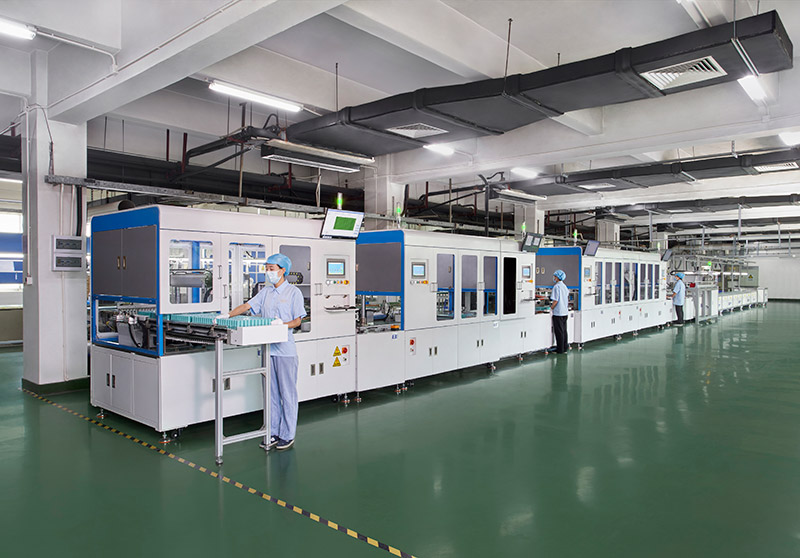
1. Electrochemical Energy Storage
This is the most popular storage technology, especially in residential and commercial applications.
-Advantages:
– High energy density and compact size, suitable for space-limited applications.
– High conversion efficiency, often exceeding 90%.
– Flexibility for modular expansion and easy upgrades.
-Disadvantages:
– High initial cost, especially for lithium-ion storage systems.
– Potential environmental impact from battery materials, such as lead in lead-acid batteries.
2. Mechanical Energy Storage
This method uses mechanical principles to store energy and is a mature, reliable technology.
– Advantages:
– Low operating costs and long service life (e.g., pumped hydro can last over 50 years).
– Suitable for large-scale storage and stable energy supply.
– Disadvantages:
– High geographical requirements, such as reservoirs or underground storage.
– Large footprint, not ideal for residential use.
3. Electromagnetic Energy Storage
Used primarily for short-term, high-power scenarios.
– Advantages:
– Ultra-fast response time, ideal for grid frequency regulation and emergency power.
– High charge/discharge cycle life with minimal maintenance.
– Disadvantages:
– Limited storage capacity, unsuitable for long-term storage.
– High cost and technical complexity limit its commercialization.
4. Thermal Energy Storage
This stores energy as heat and is often used in solar energy projects.
– Advantages:
– Low material cost with widely available resources like water and rocks.
– Suitable for cogeneration systems, providing extra economic benefits.
– Disadvantages:
– Lower conversion efficiency, relying on thermal-electric converters.
– Bulky, less flexible than electrochemical storage.
5. Chemical Energy Storage
Chemical storage uses processes like hydrogen production for energy storage.
– Advantages:
– High energy density for long-term, large-scale energy storage.
– Stored fuels can be repurposed in other energy sectors.
– Disadvantages:
– High technical costs and lower conversion efficiency.
– Safety concerns in storage and transport require strict management.
6. Hybrid Energy Storage
Hybrid energy storage combines multiple technologies to address the shortcomings of individual systems and maximize overall efficiency.
Advantages
1. Complementary Performance: Combines rapid response of electrochemical storage with the high capacity of mechanical storage.
2. Improved Stability: Reduces risks of system failure by diversifying storage methods.
3. Higher Efficiency: Smart energy management systems allocate power intelligently, minimizing losses.
4. Versatility: Suitable for complex scenarios, such as microgrids or industrial parks.
5. Cost Optimization: Reduces dependence on high-cost single technologies, improving ROI.
Disadvantages
1. Increased Complexity: Requires sophisticated energy management systems, increasing design and operational challenges.
2. High Initial Costs: Needs investment in multiple technologies.
3. Difficult Maintenance: Diverse systems require specialized maintenance teams, increasing costs.
4. Compatibility Issues: Balancing different systems’ operational characteristics can be challenging.
Frequently Asked Questions (FAQ)
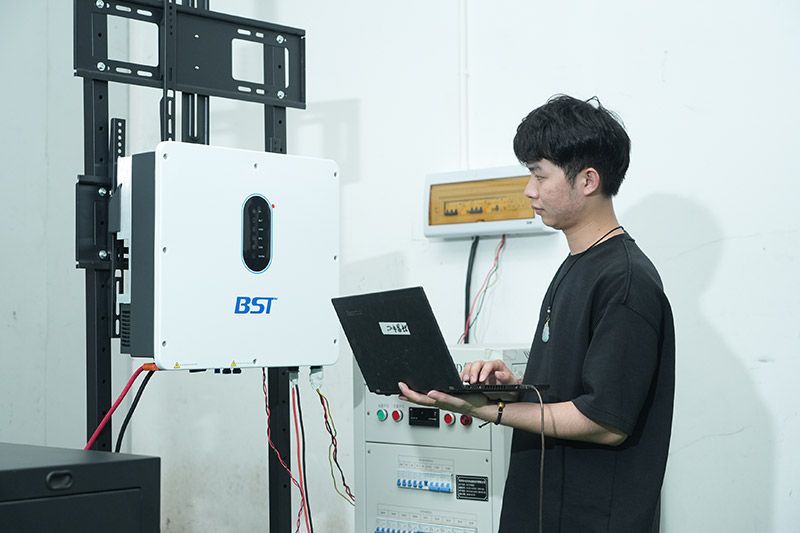
1. How much can energy storage save on electricity bills?
Energy storage systems store low-cost or solar-generated electricity for use during peak pricing hours, reducing costs by 20%-50%, depending on usage and electricity rates.
2. What is the lifespan of energy storage batteries?
Lithium batteries last 10-15 years, with 4,000-6,000 cycles, while lead-acid batteries typically last 3-5 years. Proper maintenance extends battery life.
3. How much space is needed for an energy storage system?
Wall-mounted systems are compact, occupying less than 1 square meter. Larger mechanical or thermal systems require more space, rarely used for residential purposes.
4. Can energy storage systems work off-grid?
Yes, they support off-grid operation with sufficient battery and inverter capacity, ideal for remote areas but requiring professional design.
5. Do storage products require special maintenance?
Most lithium-based systems are maintenance-free, needing only periodic performance checks. Lead-acid batteries need regular electrolyte and plate inspections.
Market Overview and Conclusion
According to the International Energy Agency (IEA), the global energy storage market exceeded 1,500 GWh in 2023 and is projected to reach 2,500 GWh by 2025, with an annual growth rate of over 20%. The fastest growth is seen in electrochemical storage, particularly residential solutions, which are expected to account for 60% of the market by 2025.
Market Data Summary:
– Electrochemical Storage: ~60% market share, dominated by lithium batteries.
– Mechanical Storage: ~30%, focused on large-scale applications.
– Other Technologies: Thermal and chemical storage account for ~10% and ~5%, respectively.
As costs decrease and technology advances, energy storage systems will become more widespread, providing economical and reliable energy solutions. Consumers should carefully evaluate their needs, budget, and installation conditions to choose the best system.
Summary Table: Classification of Energy Storage Systems
| Type | Advantages | Disadvantages |
|---|---|---|
| Electrochemical Energy Storage | – High energy density (e.g., lithium-ion) | – High initial cost (especially lithium-ion) |
| – High efficiency (>90%) | – Environmental impact of certain materials (e.g., lead-acid) | |
| – Modular and flexible | – Limited cycle life for some types | |
| Mechanical Energy Storage | – Low operational cost (e.g., pumped hydro) | – Requires specific geographic conditions (e.g., reservoirs) |
| – Long lifespan (50+ years for pumped hydro) | – Large space requirements, unsuitable for residential use | |
| Electromagnetic Energy Storage | – Ultra-fast response time | – Low energy capacity, suitable only for short-term applications |
| – High cycle life and low maintenance costs | – High cost and limited commercialization (e.g., SMES) | |
| Thermal Energy Storage | – Low material cost (e.g., using water, rocks, or phase-change materials) | – Lower efficiency due to reliance on thermal-electric conversion |
| – Ideal for combined heat and power systems | – Bulky, less flexible than electrochemical solutions | |
| Chemical Energy Storage | – High energy density and long-duration storage (e.g., hydrogen) | – High costs and low efficiency for current technologies |
| – Can integrate into other energy applications | – Safety risks during storage and transport (e.g., hydrogen leaks) | |
| Hybrid Energy Storage | – Combines benefits of multiple storage technologies for higher efficiency | – Increased system complexity requiring advanced energy management |
| – Improved reliability and performance through complementary features | – Higher upfront costs due to multiple systems |
This table provides a concise comparison of energy storage types, helping users identify suitable solutions based on application needs and constraints.
About BST
BST is a leading manufacturer with 22 years of expertise in energy storage products, offering innovative solutions for residential and commercial use. Committed to sustainability and excellence, BST continues to lead the industry with cutting-edge technology, comprehensive after-sales service, and a vision for a greener, low-carbon future.

